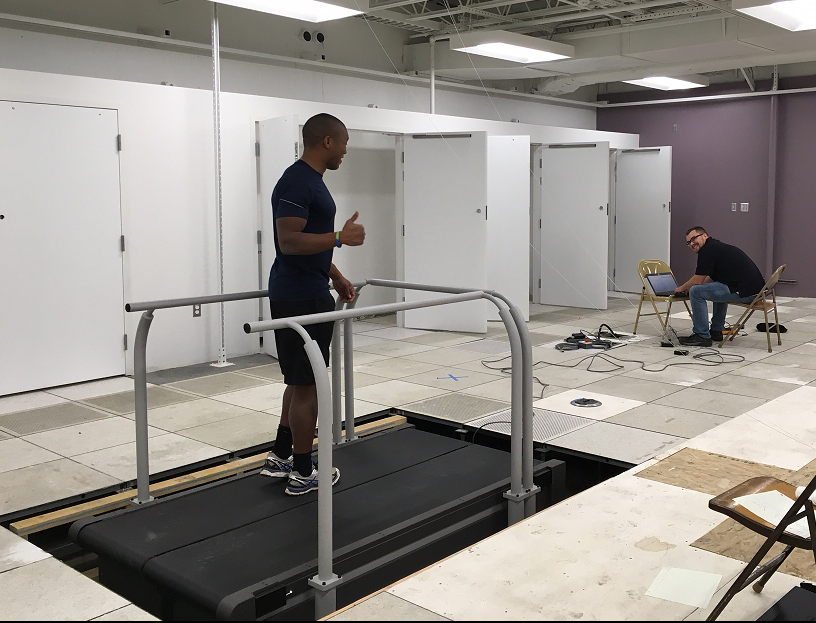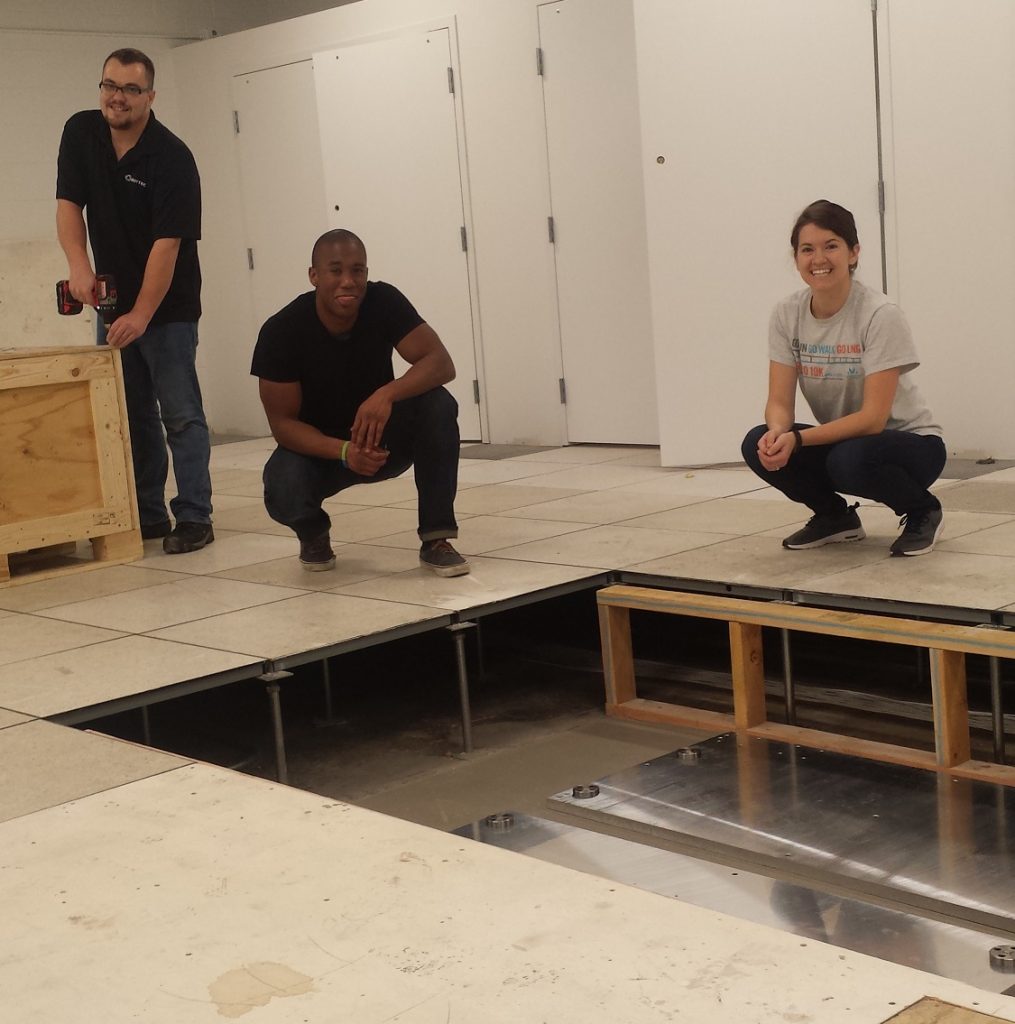Tomorrow a group of esteemed faculty and students will present their work during the UW Inventor of the Year event at the Don James Center, Husky Stadium on November 15, 2016 from 5-7:30 p.m.
Samual Browd, Jonathan Posner, and Per Reinhall will be recognized for their collaborative work inventing and developing a football helmet designed to mitigate the forces thought to contribute to concussions. Jessica will be presenting a poster for her pediatric exoskeleton and competing in a lightning pitch competition.






